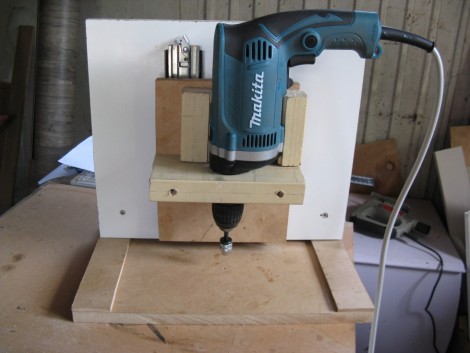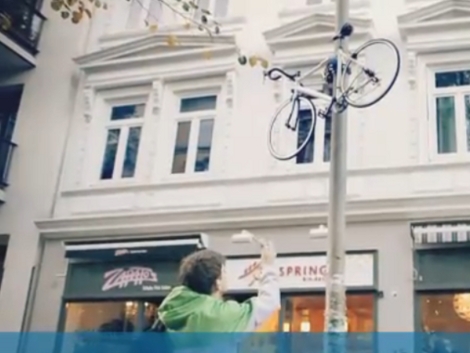
September 5th, 2004, [Phillip Torrone] posts the very first article on a new site called Hackaday.com. He designed our logo, forged our identity, and then moved on to help shape many other hacker friendly groups including Make magazine, and Adafruit technologies.
We’re going to be interviewing him once we’ve compiled a decent list of questions. We’ve got a few of our own, but we really want to get yours to him. Leave your questions in the comments and we’ll compile the most popular to send along.
[image via Wired]
















